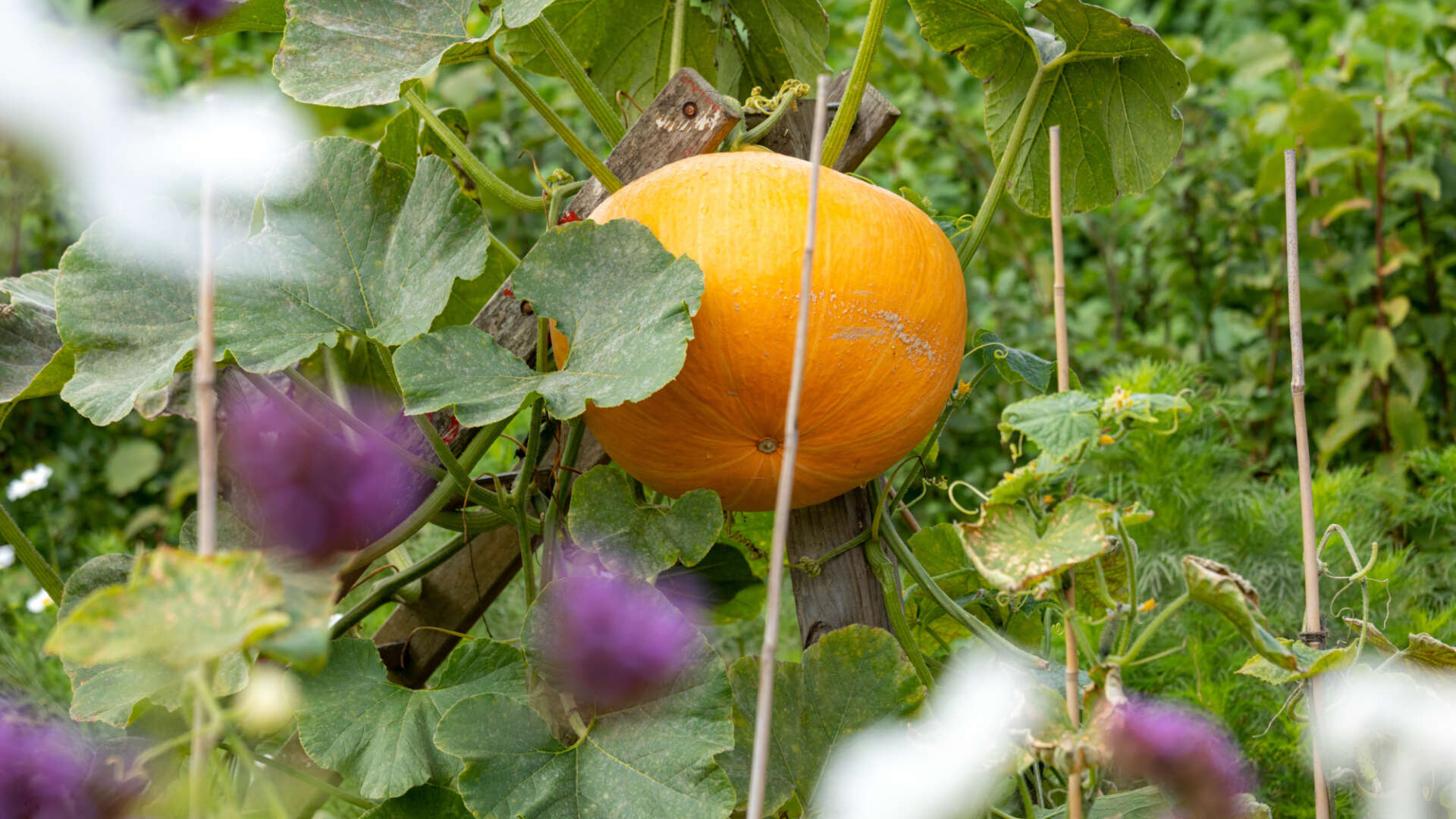Analysis warns global biodiversity is below 'safe limit'

Ahead of the 2021 UN Biodiversity Conference this October (called COP 15), the Natural History Museum has launched the Biodiversity Trends Explorer, an online tool that will allow everyone, from members of the public to policymakers, to see how the biodiversity of different regions has changed over time.
According to new analysis of over 58,000 species by Museum scientists, the UK has only half of its entire biodiversity left, putting it in the bottom 10% of the world's countries. With an average of just 53% of its native wildlife intact, it falls behind countries including the USA and China following widespread destruction of its habitats from the seventeenth to nineteenth centuries.
Globally - biodiversity intactness, which represents the proportion of the original number of species in an area that remain and their abundance - is measured at 75%. This is significantly below the 90% average set as the 'safe limit' to maintain the ecological processes such as pollination and nutrient cycling that are vital to our survival. The researchers behind the new analysis have called on governments around the world for ambitious action to preserve and enhance biodiversity globally ahead of the 2021 UN Biodiversity Conference (COP 15).
To read more, including information on a new tool launched by the Natural History Museum, the Biodiversity Trends Explorer, which allows people around the world to track biodiversity changes from 2000 to 2050, visit the Natural History Museum website.
What can you do…
Encouraging biodiversity is one of the five main principles of organic growing. For the gardener, this can be done in three simple ways:
- Growing different types of plants, so that a variety of flowers, vegetables, trees and shrubs are all present.
- Providing habitats and food for wildlife such as birds, insects and mammals. They are not only a delight to look at, but each species has its role in maintaining a natural balance.
- Feeding the soil life. A healthy soil is full of bacteria, fungi, microbes and creatures which create the right environment for plants to thrive, releasing nutrients and creating good soil structure. With this variety of different species, all working together, the organic grower encourages a healthy interdependency between plants and wildlife. This, in turn, creates a resilient growing area.
To read more about encouraging biodiversity, including some simple actions you can take in your own growing area at little or no cost visit www.gardenorganic.org.uk/principles and click on Principle 2.